Trying to cut down your environmental impact? Reduce your carbon footprint? Live more sustainably and ensure your house follows suit? Then you’re in the right place for some tips and tricks to sustainability that you simply won’t want to miss out on.
Getting started with sustainable house designs
Let’s start at the beginning here because we’re not reinventing the wheel when it comes to producing renewable energy at home. We don’t even have brand new or breakthrough ways to do it. We do, however, have the tips and tricks to make the process of making your home net-zero easier and more achievable, and it all comes down to 6 simple steps. Let’s break it down.
#1 – Know your environment
The number one tip to powering your house using renewable energy is investing in the right type of energy for where you are. Is the sun the ticket for you? Will wind power make energy generation a breeze? Or could water be the well(get it?)-needed solution you’ve been looking for?
Unsurprisingly, a hot, sunny place like the Algarve is great for solar energy, which is why CORE installs photovoltaic panels on every house we build… which takes us onto our next point.
#2 – Consider your options carefully
Not all solar panels, wind turbines, or micro hydropower systems were built equal, so once you’ve settled on the right energy type, make sure you’re actually meeting all your needs. Many solar panels, for example, are actually only thermal panels – they’re great for heating water, but they don’t produce electricity. It all comes down to what you’re after, but if you’re looking for net-zero efficiency in your home, opt for the photovoltaic kind instead.
#3 – Really know your environment
Yes, your home’s surroundings are so important that we’ve listed them twice! When we build a house, we carry out all sorts of surveys, you see. We look at sun exposure, wind direction, and a whole host of other factors measured through bioclimatic and topographic studies. Then we calculate how much energy your house needs to run all day long and ensure that even on the gloomiest winter day (yeah, we know there aren’t too many of those!), the photovoltaic panels on your roof are giving you at least that much power. Genius, right? And there you have it: an energy-neutral house, all day, every day.
#4 – Consider where your energy goes
We’ve covered where your energy comes from, but how about where it goes once it’s produced? Some of it will power your home, sure, but if your photovoltaic panels are giving you enough energy to power your home on a cloudy day, just think how much energy they’ll produce when the sun’s shining from dawn to dusk!
We’ll give you a hand here because we’ve done the maths and come up with a number: 75%. That’s ¾ more energy than you actually need… so where does it go?
You’ve got 2 options.
- Get a battery to store your energy
- Sell it back to the grid for profit.
Wondering which is best? Wonder no more: it’s option 2, and you’ll want to trust us on this.
#5 – Don’t save your power for a rainy day
You’re producing excess energy, so it only makes sense to keep it for use when you’re not producing, like at night… right?
Not so much… because while it may seem like the most environmentally friendly choice, there’s actually a lot more to batteries than first meets the eye. In fact, they’re not very environmentally friendly at all. Though lithium-ion batteries are the best of a bad bunch (compared to lead-acid batteries, for example), the extraction of lithium inevitably damages the soil and contaminates the air, increasing air pollution, not to mention the difficulties that come with disposing of them…
#6 – Focus on sustainability from dawn til dusk
So if you’re not storing all the energy you’re producing, how do you keep your house going at night?
Well, if you’re hooked up to the grid to feed excess energy in, you’re ensuring all that energy goes to good use, for one, and there’s a second benefit: you can get your energy straight back from the grid when you need it, knowing that what you’re using is far less than what you’re producing.
But there’s more.
The key here is a few lifestyle tweaks that mean you do all your energy-consuming chores during the day, while the sun’s out. We’re talking charging your car, doing your washing, and even setting up your pool pump to switch to a lower setting at sundown to minimise energy usage during darker hours and max the amount used directly from the sun itself.
Bonus tip: don’t forget about sustainable interior design!
So, we’ve walked you through powering your home, but it would be criminal to overlook this additional and endlessly beneficial aspect of sustainable interior design!
There are countless ways you can improve your home to retain energy as well as create it – from general insulation to other, more creative ideas. Keen for a bit of inspiration? Then have a browse of our article on sustainable core interiors, as it just might have everything you need to know!


